If you’re accustomed to writing informal emails and letters, then the format of a formal business letter may seem unfamiliar. However, it’s important to note that not all business letters are formal. Formal business letters are specifically written for formal purposes, such as recommendation letters, complaint letters, or invitation letters. When writing letters for official reasons in a business setting, it is appropriate to use the formal business letter format.
Table of Contents
Formal / Business Letter Format Templates
Business letter format templates are pre-designed documents that provide a standardized layout and structure for creating professional business letters. These templates offer a convenient and efficient way to compose various types of business correspondence, ensuring consistency and adherence to proper formatting guidelines.
Business letter format templates typically include sections for the sender’s contact information, date, recipient’s information, salutation, body of the letter, closing, and signature. They often incorporate appropriate fonts, spacing, and alignment to create a polished and professional appearance.
Using a business letter format template helps individuals and organizations create business letters that are clear, concise, and visually appealing. It eliminates the need to manually format each letter and ensures that important elements, such as addresses, subject lines, and signatures, are consistently included.
What is a Formal Letter?

A formal letter is a written communication that follows a specific format and is used for official or professional purposes. Formal letters are typically used to convey important information or to request action from the recipient. Examples of formal letters include cover letters, complaint letters, reference letters, and invitation letters.
The format of a formal letter usually includes a header with the sender’s and recipient’s address, a proper salutation, the body of the letter, a closing, and a signature. The tone of a formal letter is professional and polite, and the language used is formal and objective. The purpose of a formal letter is to convey important information in a clear, concise, and professional manner.
The Importance of Formal Letter
A formal letter is important because it serves as a written record of important information or requests, and it helps convey a professional and polished image to the recipient. A well-written formal letter can help establish credibility, build trust, and effectively communicate important information. Additionally, a formal letter can be used as a reference or evidence in legal or professional matters.
Formal letters also help to maintain a level of formality and professionalism in business and other official communications, and they help to ensure that important information is communicated clearly and accurately. By following the conventions of formal letter writing, you can ensure that your message is received and understood as you intended, and that your professional reputation remains intact.
In conclusion, a formal letter is a crucial tool in professional and official communication and should not be taken lightly. It is important to take the time to write a clear, concise, and well-structured formal letter to ensure that your message is communicated effectively.
When would I need to write a formal letter?
A formal letter is typically used in a professional or business setting, when you want to communicate in a clear, professional and respectful manner. Some common situations where a formal letter might be used include:
Writing a job application or cover letter: A formal letter used to apply for a job, highlighting your skills, qualifications and experiences relevant to the position you are applying for.
Complaining to a company about a problem with a product or service: A formal letter expressing dissatisfaction with a product or service and requesting a resolution to the issue.
Requesting information or clarification from an organization: A formal letter asking for specific information or clarification from a company or organization.
Making a formal complaint or grievance: A formal letter making a complaint or raising a grievance, typically with a company or organization, regarding a specific issue.
Congratulating someone on an achievement or expressing thanks: A formal letter congratulating someone on an achievement or expressing gratitude for a particular action or deed.
Applying for a visa or other official document: A formal letter used to request the issuance of an official document, such as a visa, from a government agency or embassy.
How to Write a Formal Letter?
Writing a formal letter requires careful attention to detail, proper formatting, and clear, concise language. Here is a step-by-step guide to writing a formal letter:
Step 1: Determine the Purpose and Audience
The first step in writing a formal letter is to determine the purpose of the letter and the audience it is intended for. This will help you to choose the appropriate tone and language for the letter, and ensure that you are including all the necessary information.
Step 2: Choose a Format
There are several formats for formal letters, including the full block format and the modified block format. The full block format is the most commonly used format for formal letters and is characterized by left-aligned text with no indentations. The modified block format is similar to the full block format but with some variations, such as the sender’s address and date being aligned to the center of the page. Choose a format that is appropriate for the purpose and audience of the letter.
Step 3: Gather Information and Materials
Before you start writing the letter, gather all the information and materials you need to include. This may include the recipient’s name, address, and title, the date, any relevant reference numbers, and any attachments or enclosures.
Step 4: Write the Sender’s Address
In the full block format, the sender’s address should be placed at the top right corner of the page. In the modified block format, it should be centered at the top of the page. The sender’s address should include the name, title, company name, street address, city, state, and zip code.
Step 5: Write the Date
The date should be placed below the sender’s address in the full block format, or aligned to the center in the modified block format. The date should be written in a clear and concise format, such as “January 1, 2023”.
Step 6: Write the Recipient’s Address
The recipient’s address should be placed below the date in the full block format, or aligned to the left in the modified block format. The recipient’s address should include the name, title, company name, street address, city, state, and zip code.
Step 7: Write the Salutation
The salutation should be placed below the recipient’s address and should include a formal greeting, such as “Dear Mr. Smith” or “Dear Ms. Johnson”. The salutation should be followed by a colon.
Step 8: Write the Body of the Letter
The body of the letter should include all the relevant information and details related to the purpose of the letter. The body of the letter should be written in a clear, concise, and professional manner, and should be organized in a logical sequence.
Step 9: Write the Closing
The closing should be placed at the end of the letter and should include a polite and professional statement, such as “Sincerely” or “Respectfully”. The closing should be followed by a comma and the sender’s signature.
Step 10: Write the Enclosure and CC Notations
If there are any attachments or enclosures, they should be listed below the closing. The notation “Enclosure” or “Enclosures” should be used to indicate the number of attachments. If the letter is being copied to another party, the notation “CC” should be used, followed by the names of the individuals or organizations being copied.
Step 11: Proofread and Edit
Finally, it is important to proofread and edit the letter carefully to ensure that it is error-free and easy to understand. Check for spelling and grammar errors, typos, and clarity of expression.
FAQs
How do you start a formal letter?
To start a formal letter, write the date on the top right or top left of the page, then the sender’s address on the top right or top left of the page (below the date), then the recipient’s address (centred below the sender’s address), followed by a proper salutation, such as “Dear Sir/Madam”.
What tone should a formal letter have?
A formal letter should have a professional and formal tone, avoiding slang, emotive language, and overly casual language.
Can a formal letter be sent via email?
Yes, a formal letter can be sent via email, but the format and elements of a traditional hard-copy formal letter should be maintained, such as the date, sender’s and recipient’s address, salutation, body of the letter, closing, and signature.
How long should a formal letter be?
A formal letter can be as short or as long as necessary to convey the information. However, it is generally recommended to keep it concise and to the point, while still being thorough enough to effectively communicate the message.
How do you end a formal letter?
To end a formal letter, use a closing such as “Sincerely,” “Yours faithfully,” or “Respectfully,” followed by a comma, then leave 4 line spaces for your signature and type your name below it. If you are sending an email, you can simply end with your digital signature.
What font should be used in a formal letter?
For a formal letter, it is recommended to use a clear and professional-looking font, such as Arial, Times New Roman, or Calibri. The font size should be 12-point, and the text should be black.
Are there specific margins to be used in a formal letter?
Yes, the margins for a formal letter should be 1 inch on all sides. This provides enough space for the letter to be easily read and gives it a professional appearance.





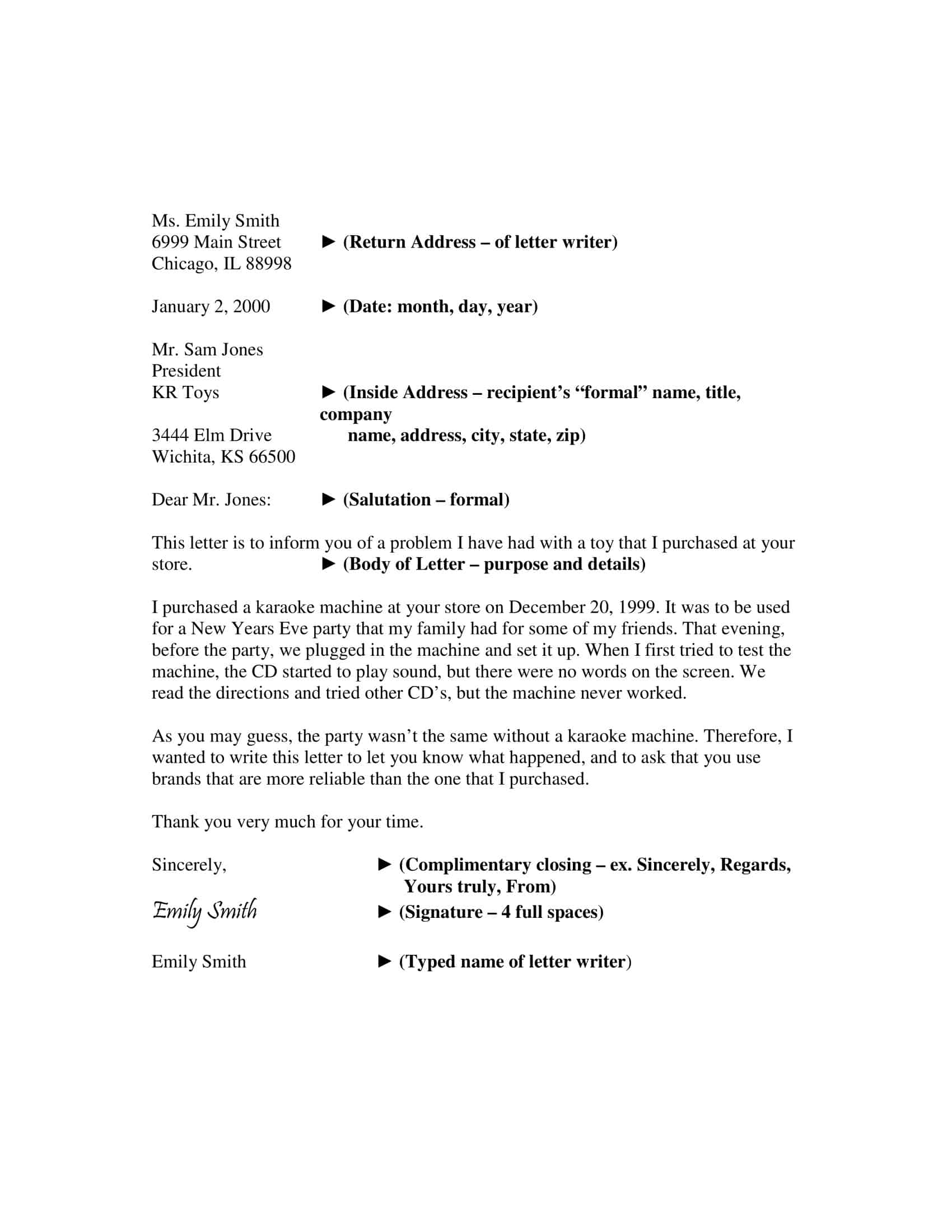





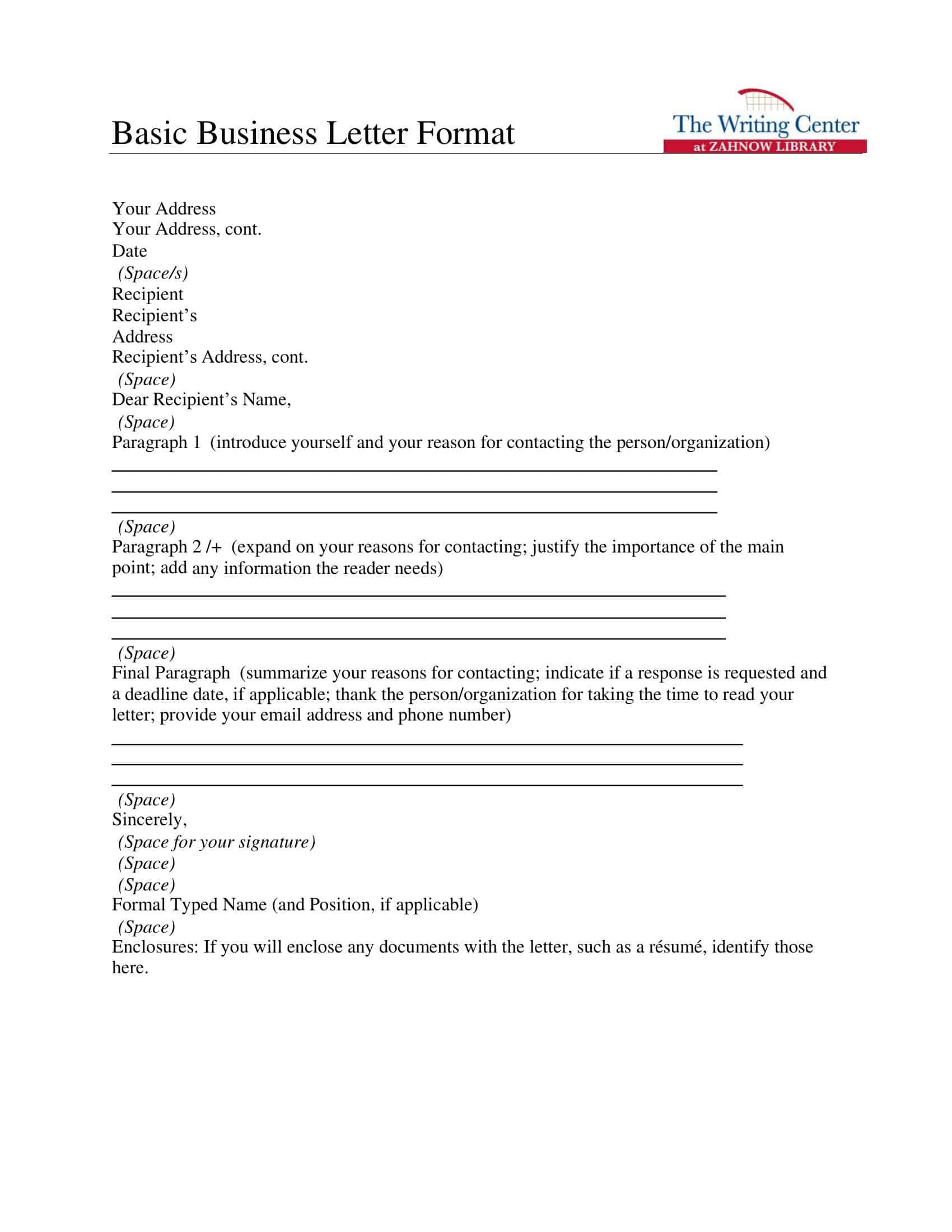










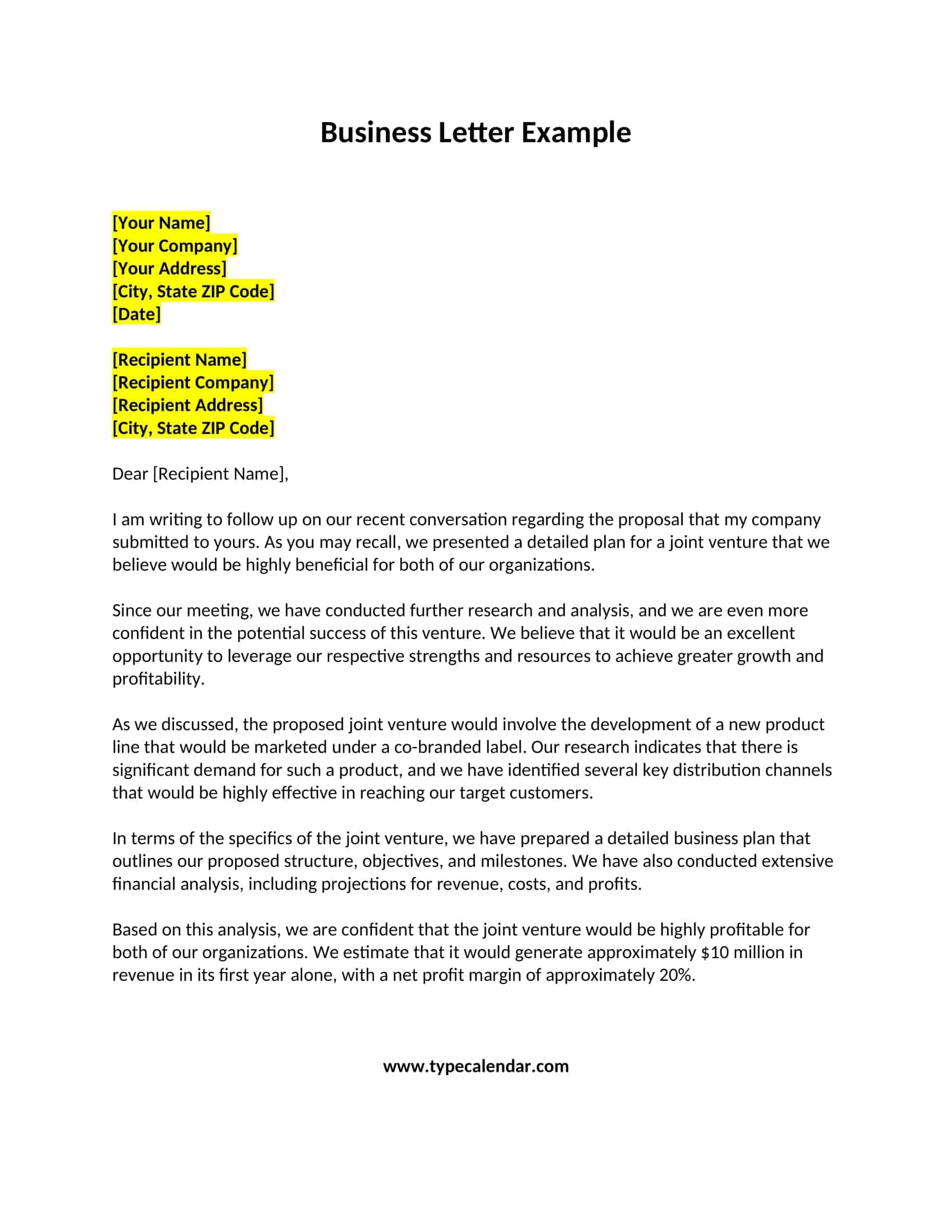







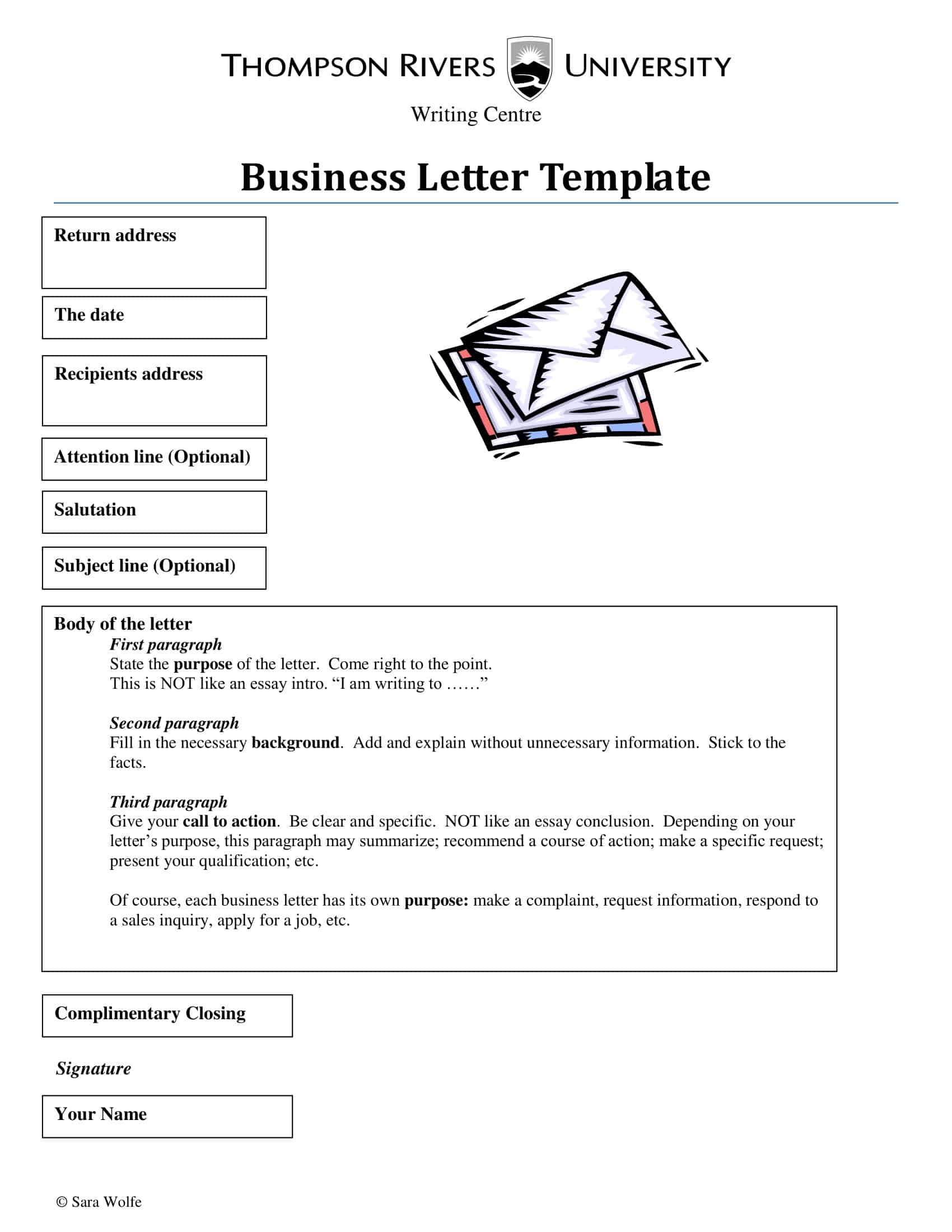








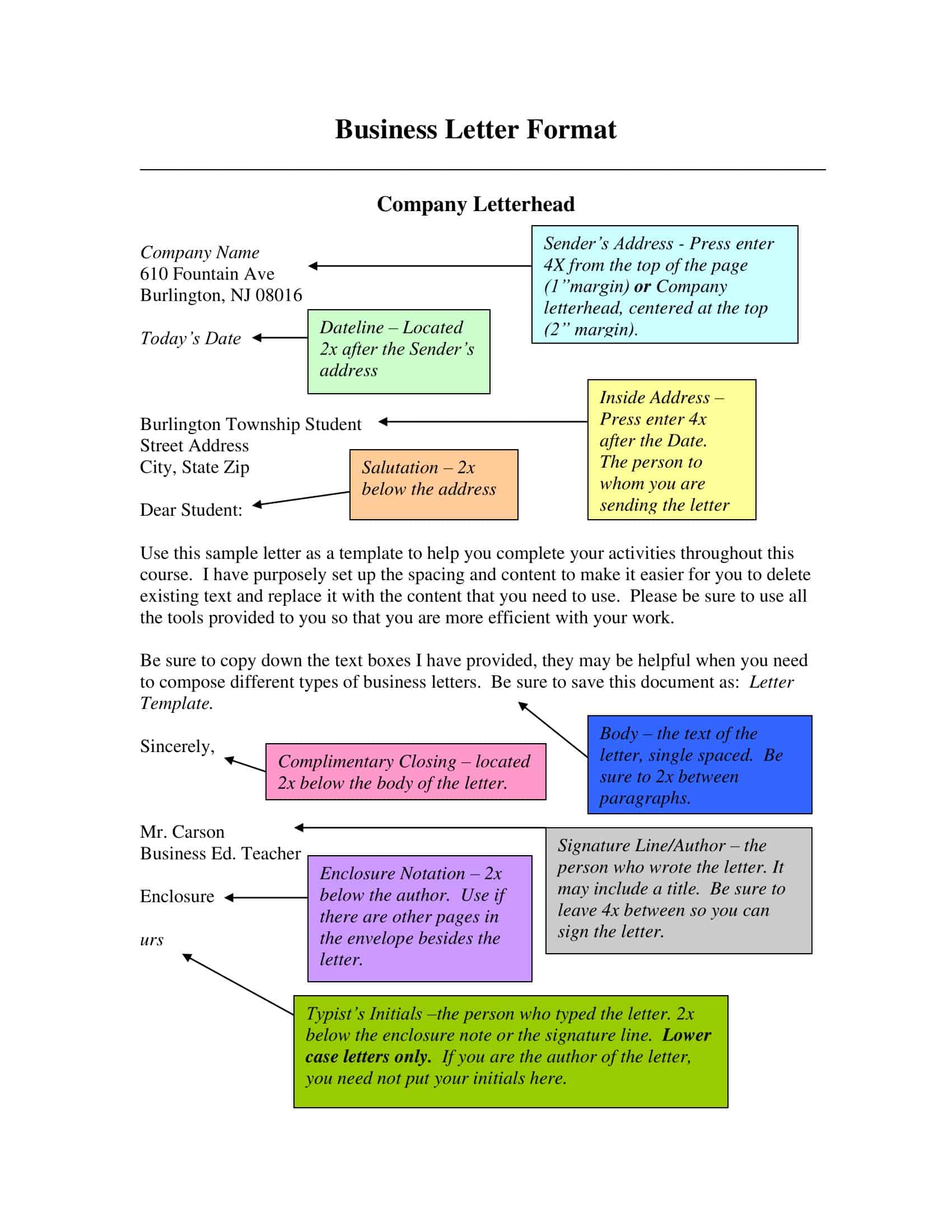

![Free Printable Friendly Letter Templates [PDF, Word, Excel] 1st, 2nd, 4th Grade 1 Friendly Letter](https://www.typecalendar.com/wp-content/uploads/2023/05/Friendly-Letter-150x150.jpg 150w, https://www.typecalendar.com/wp-content/uploads/2023/05/Friendly-Letter-1200x1200.jpg 1200w)
![43+ Printable Leave of Absence Letter (LOA) Templates [PDF, Word] / Free 2 Leave of Absence Letter](https://www.typecalendar.com/wp-content/uploads/2023/01/Leave-of-Absence-Letter-150x150.jpg 150w, https://www.typecalendar.com/wp-content/uploads/2023/01/Leave-of-Absence-Letter-1200x1200.jpg 1200w)
![Free Printable Congratulation Letter Templates [PDF, Word] Examples 3 Congratulation Letter](https://www.typecalendar.com/wp-content/uploads/2023/05/Congratulation-Letter-150x150.jpg 150w, https://www.typecalendar.com/wp-content/uploads/2023/05/Congratulation-Letter-1200x1200.jpg 1200w)
